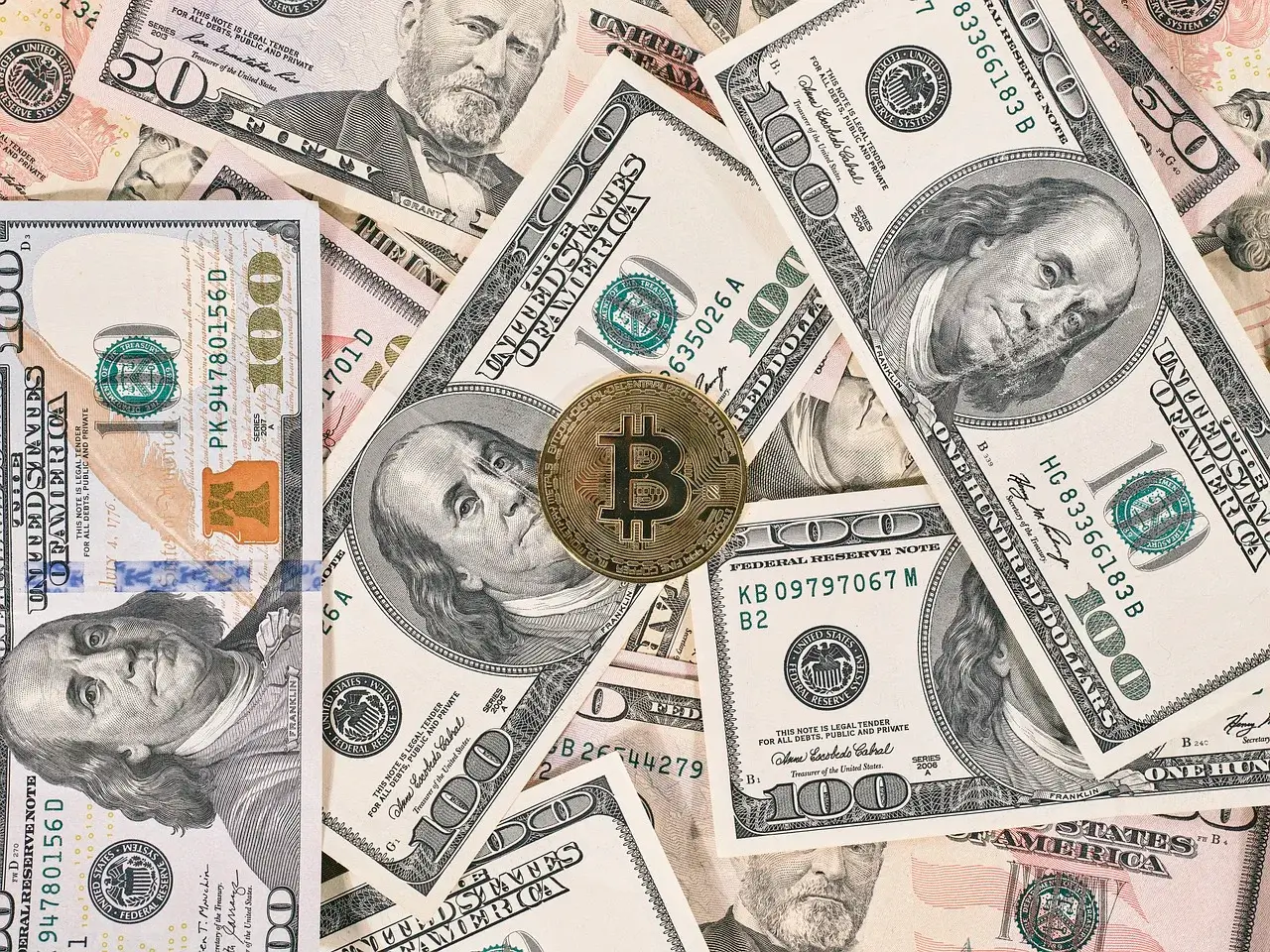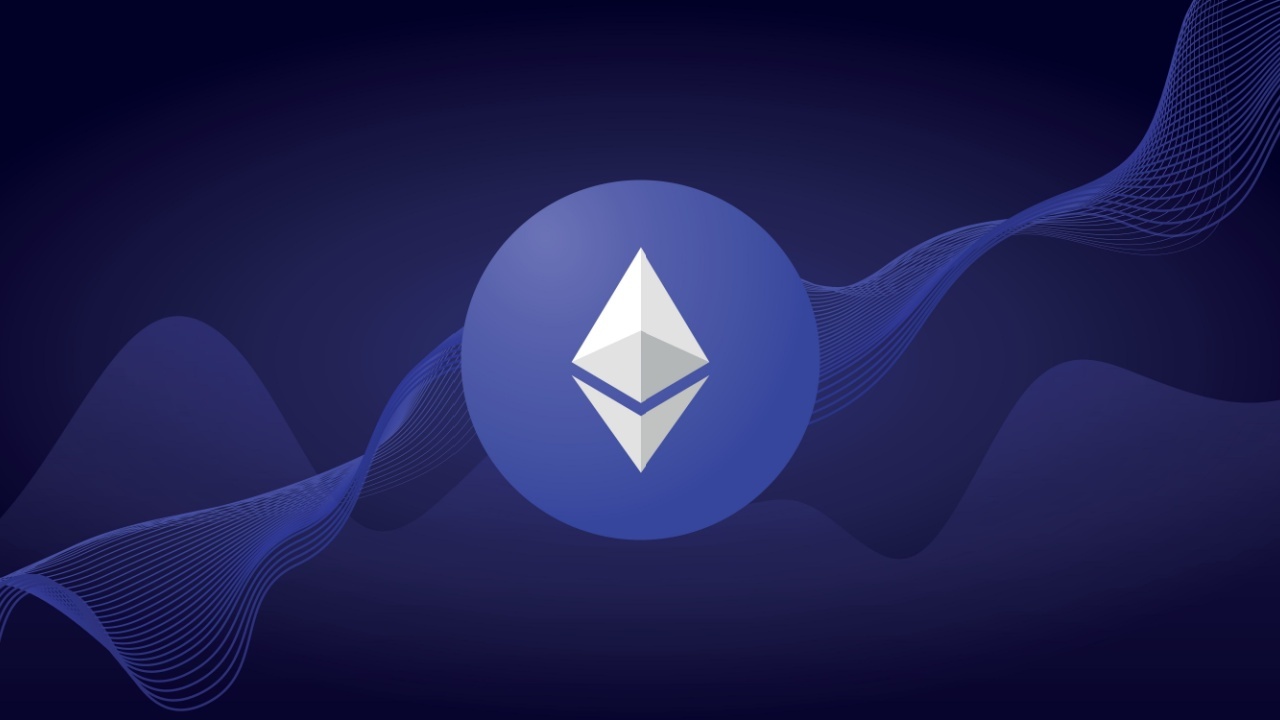Exploring the Ethereum Application Layer: Uniswap, Aave, OpenSea, and Snapshot
The Ethereum application layer is a rich ecosystem of decentralized applications (dApps) that are redefining the digital economy. These dApps offer innovative solutions to various industries, from finance and gaming to art and governance. In this blog post, we will delve deeper into four notable dApps: Uniswap, Aave, OpenSea, and Snapshot.
Uniswap
Uniswap is a decentralized automated market maker protocol built on Ethereum. It allows for the exchange of Ethereum-based tokens directly from a user’s wallet, eliminating the need for intermediaries like centralized exchanges. Uniswap uses liquidity pools, which are essentially pools of tokens that users can trade against. The protocol incentivizes users to provide liquidity by offering them a share of the trading fees.
Aave
Aave is a decentralized lending and borrowing platform built on Ethereum. It allows users to lend and borrow various Ethereum-based tokens with variable and fixed interest rates. Aave uses a smart contract system to facilitate these transactions, enabling users to borrow and repay their loans without intermediaries. The platform also offers flash loans, which allow users to borrow large sums of tokens with no collateral, as long as they repay the loan within a specific timeframe.
OpenSea
OpenSea is a decentralized marketplace for buying, selling, and trading non-fungible tokens (NFTs) built on Ethereum. NFTs are digital assets that represent ownership or proof of authenticity of a unique item or piece of content. OpenSea supports various types of NFTs, including art, collectibles, and gaming items. Transactions on OpenSea are facilitated through smart contracts, ensuring the security and immutability of each sale.
Snapshot
Snapshot is a decentralized governance platform built on Ethereum. It allows users to create and vote on proposals related to various Ethereum-based projects and protocols. Snapshot uses a token-weighted voting system, meaning that the more tokens a user holds, the more weight their vote carries. Snapshot also offers snapshotting, which is the ability to take a snapshot of a project’s state at a specific point in time, allowing for more effective governance decisions.
Impact on Individuals
For individuals, these dApps offer a multitude of benefits. They enable access to decentralized financial services, allowing users to lend, borrow, and trade various assets without intermediaries. They also provide a platform for buying, selling, and trading unique digital assets, such as NFTs. Additionally, these dApps offer more control and security over one’s digital assets, as they are stored directly in a user’s wallet.
Impact on the World
On a larger scale, the impact of these dApps on the world is significant. They contribute to the decentralization of various industries, reducing the need for intermediaries and increasing transparency and security. They also offer new opportunities for innovation and entrepreneurship, enabling the creation of new business models and services. Furthermore, they contribute to the growth of the Ethereum ecosystem, which is becoming a major player in the digital economy.
Conclusion
In conclusion, Uniswap, Aave, OpenSea, and Snapshot are just a few examples of the innovative dApps that are being built on the Ethereum application layer. These dApps offer various benefits to individuals and contribute to the decentralization of various industries on a larger scale. As the Ethereum ecosystem continues to grow, we can expect to see even more groundbreaking applications that will shape the future of the digital economy.
- Uniswap: Decentralized automated market maker protocol
- Aave: Decentralized lending and borrowing platform
- OpenSea: Decentralized marketplace for buying, selling, and trading NFTs
- Snapshot: Decentralized governance platform





